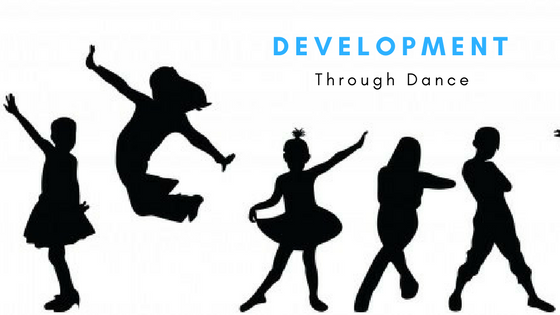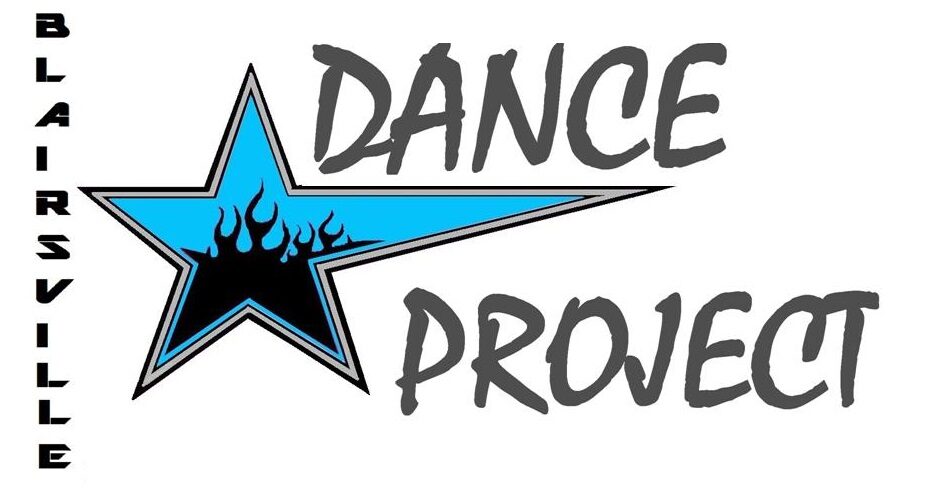
Children are born moving – they wake up moving, they communicate through moving, and they develop new movements as they grow. What better way is there to cultivate a child’s ability to move and develop than through dance?
Connie Bergstein Dow, an advocate for creative movement in the classroom, wrote “Moving is one of the first and most important ways infants and toddlers explore and learn about the world, and this process continues as they grow and develop” (“The Power of Creative Dance”, March 2010). It effects physical, emotional, and social development. So why dance?
- Physical Development – “Dance involves a greater range of motion, coordination, strength and endurance than most other physical activities…[it] utilizes the entire body,” and “dance offers an avenue to expand movement possibilities and skills” (“Standards for Dance in Early Childhood”, National Dance Education Organization/NDEO, 2017). “Physical development is one of the most obvious benefits dance classes have for children. They are learning a great range of motion, body awareness, balance, muscle strength, coordination, and endurance…kids begin to understand that possibilities of movement are endless and fun to explore” (“How Dance Classes Benefit Early Development, Dance to EvOlvE, 16 Aug 2012).
- Emotional Development – dance is a mode of communication that is unspoken, and “innate in children before they possess command over language and is evoked when thoughts or emotions are too powerful for words to contain” and “Dance promotes psychological health and maturity. Children enjoy the opportunity to express their emotions and become aware of themselves and others through creative movement” (“Standards for Dance in Early Childhood”, NDEO, 2017).
- Social Development – “Dance fosters social encounter, interaction, and cooperation…Children quickly learn to work within a group dynamic. As the ongoing and sometimes challenging process of cooperation evolves, children learn to understand themselves in relation to others” (“Standards for Dance in Early Childhood”, NDEO, 2017).
As if these were not compelling enough, neurophysiologist Carla Hannaford explains in her book Smart Moves: Why Learning is Not All in Your Head that “Movement, a natural process of life, is now understood to be essential to learning, creative thought, and high level formal reasoning (214). Need more evidence? Well, here is a video from author, and Associate Clinical Professor of Psychiatry at Harvard Medical School John J. Ratey, MD, explaining how exercise is not really for our bodies but for our brains.
